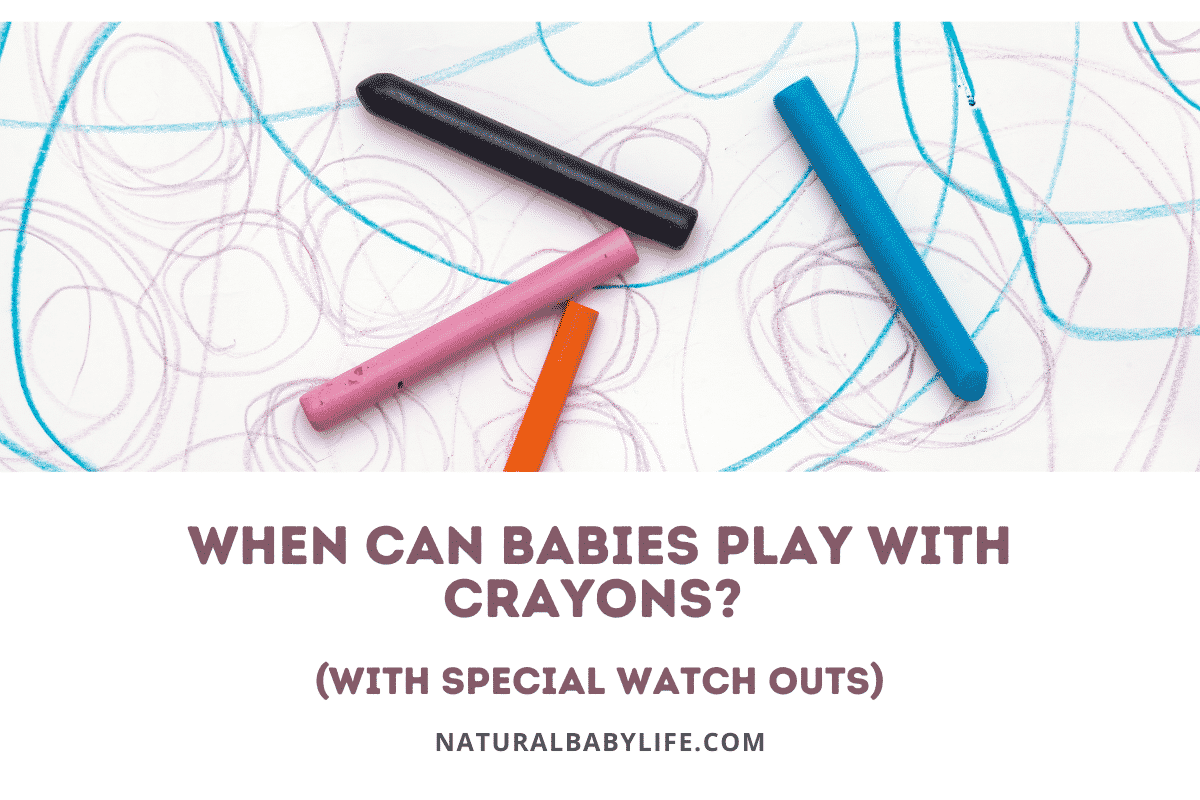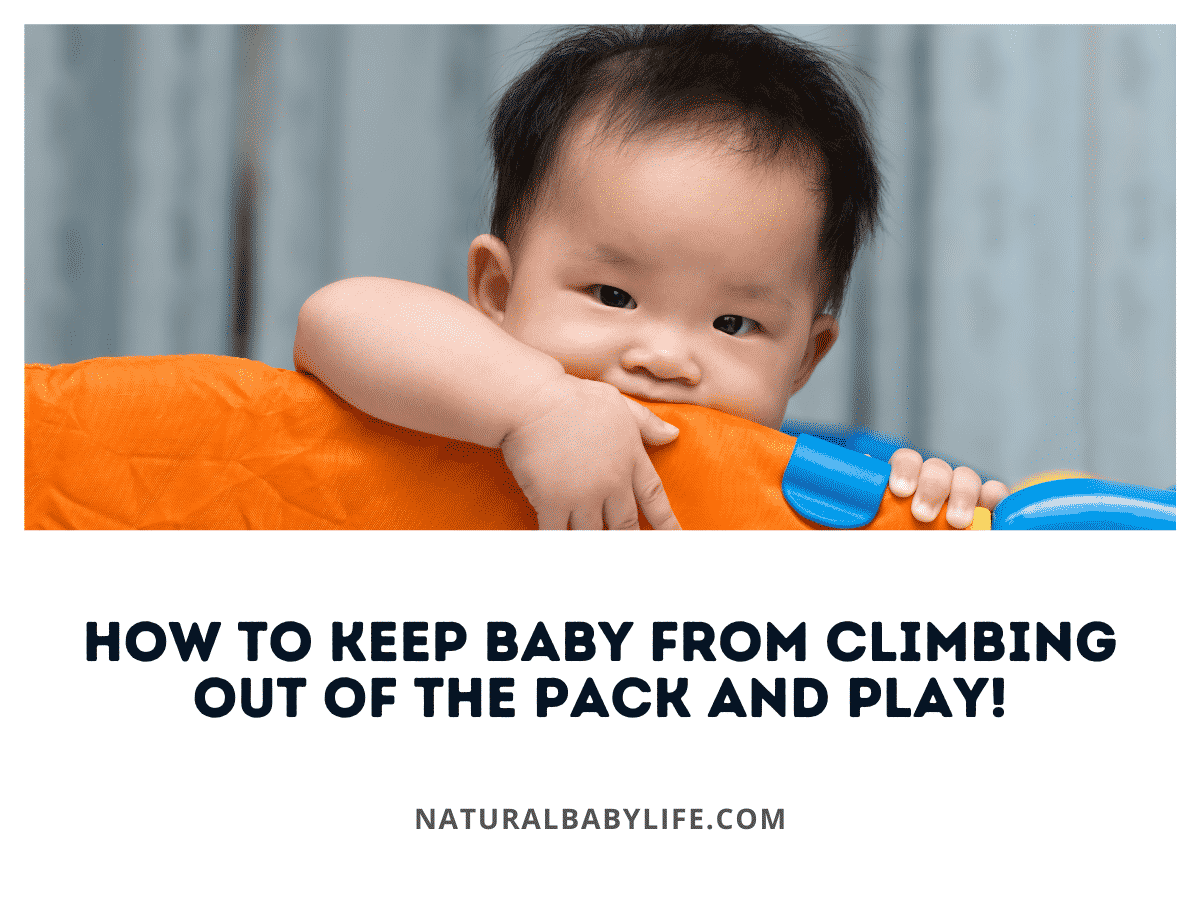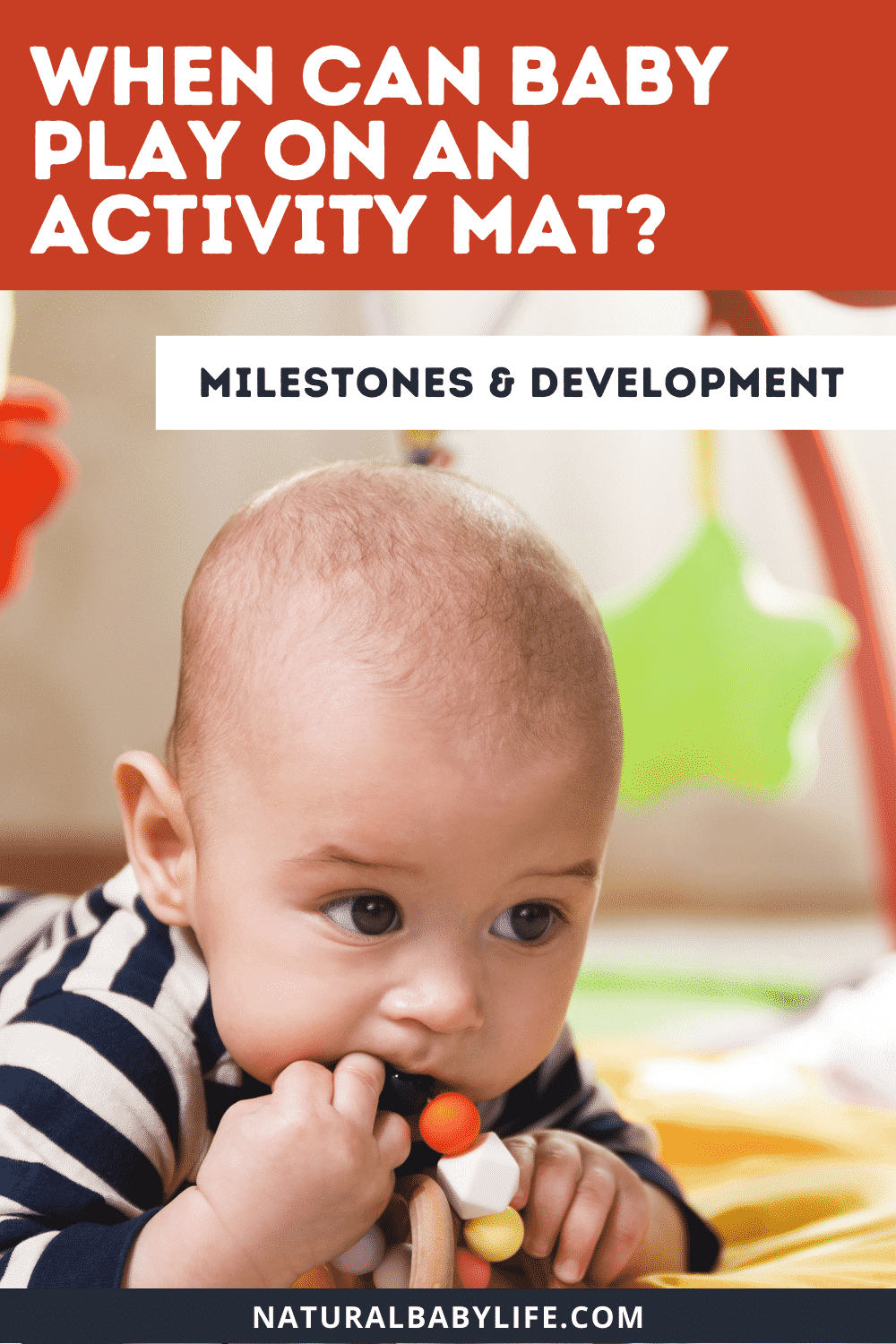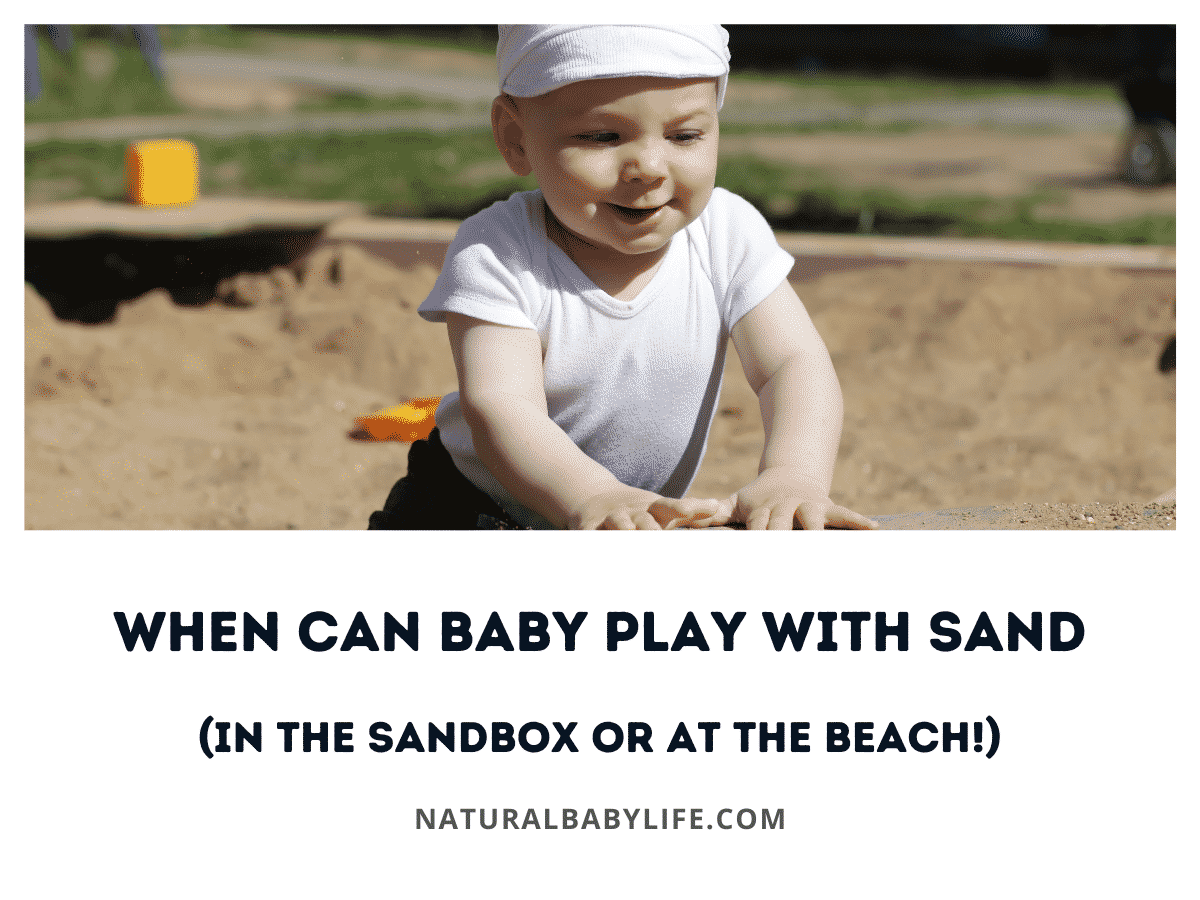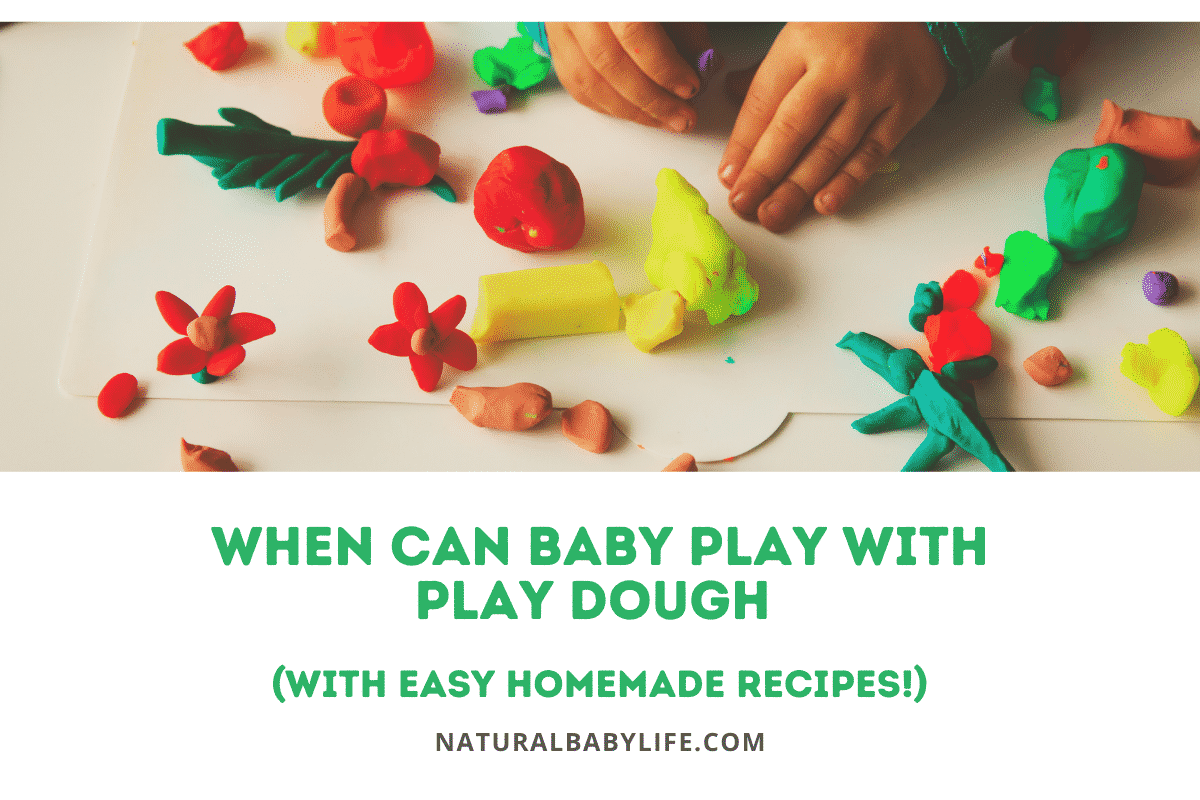It’s exciting to get your child’s first piece of artwork, whether it’s a scribble or a full-drawn picture. But when should that happen? Many parents wonder when their little ones can start to use crayons.
Most babies finally have the fine motor skills to grasp a crayon at the age of 1 but they remain a choking hazard at this stage. Although they may be able to hold the crayons, children this young may not fully grasp the concept of coloring on a sheet of paper until they’re a little older. Scribbling begins around 18 months old with true coloring happening towards the age of 3.
Coloring is an important skill that helps prepare babies for future writing. Read on to find out more about when babies can color and the different ways to incorporate coloring.
Table of Contents
When can babies start playing with crayons?
Coloring is an important skill for children to have and they can really start to develop it at a young age.
Babies can begin playing with crayons as young as 1-year-old under adult supervision. This is the age where their fine motor skills are mature enough that they’re able to grasp the crayons in their hands and they are able to imitate their parents scribbling on a piece of paper. Their attention span is short, however, so do not expect them to stay with the activity for more than a couple of minutes.
You do not have to start with the standard box of crayons you see in an elementary classroom and in fact, I encourage you to find crayons made specifically for toddlers. These crayons are often thicker and easier for your baby to grasp with their whole hand. There are a variety of crayons that are available, in different shapes and sizes.
Can a 9-month old have crayons?
Many wonder if younger babies are able to have crayons. Some people want to give their 9-month-olds crayons, but is that too young?
Most 9-month-olds do not have the fine motor skills needed to fully use crayons. They also tend to put most things in their mouths, making crayons more unsafe for babies under the age of one.
Although there is no official guidance on this, crayons are usually recommended for babies who are at least 1 year old since this is the age where they are able to hold crayons between their pointer finger and thumb.
There are, of course, 9-month old babies who are able to hold and mimic their parent’s use of crayons. If your child is able to do this, then you may want to get them started using crayons. If you choose to do this, be sure to always supervise your baby.
Can a 1-year old have crayons?
What if parents want to get their one-year-old crayons? Are those children too young to use crayons?
Many one-year-olds have the fine motor skills needed to start using crayons and make marks on a piece of paper but still pose a risk of choking. They are able to hold the crayon and mimic their parents’ scribbling. At this point, they will not color a picture but they are able to get colors on paper.
The main focus at this age is for your baby to develop their fine motor skills. They are drawing random marks, random lines and everything they draw is unintentional. Be sure to supervise your baby and use non-toxic crayons since they will often end up in their mouths.
Can an 18-month old have crayons?
Parents often wonder if their 18-month old can have crayons. These babies are older and are learning so much at this age.
18-month old babies are at a great age to have crayons. They have the coordination to get specific colors and shapes on paper and starting at this age, they begin to tell you what they are drawing. They often start to enjoy coloring and drawing at this age.
This is the age where they start to try to imitate your drawings and will attempt to color pictures. At this point they are often still holding the crayon with their entire hand which makes jumbo crayons a great tool for them. They still need supervision while they are coloring to ensure that they do not eat the crayons.
Are crayons dangerous for babies?
Parents are often concerned about how dangerous it is for babies to use crayons.
Crayons are generally harmless for babies because they are made of wax with some coloring and are usually non-toxic. The biggest concern is that crayons may be a choking hazard for young children.
If your child happens to chew on a part of a crayon, be assured that they will be fine. Crayons have little to no toxicity and usually will not require medical attention. Depending on how much crayon was eaten, however, they may end up with an upset stomach so you would need to treat that accordingly.
Choking is a huge concern when it comes to small children and crayons. Although it seems to rarely happen, the best way to avoid that is to constantly supervise your baby while they are using crayons and to get larger crayons that are more challenging to break. If your child eats a crayon, be sure to check their mouths for pieces and watch to make sure they are breathing okay to ensure they are not choking.
Another hazard would be if your baby sticks the crayon up their nose, which could cause some pain and discomfort. They could also color on themselves which can cause skin irritation. Both of these are minor and no medical attention should be needed, but you should always supervise your baby while they’re coloring.
Potential benefits of babies playing with crayons
There is often a concern about whether using crayons is beneficial for babies. Should parents even bother with crayons?
There are many benefits for babies and young toddlers using crayons. Crayons help with the development of hand muscles and coordination, which will help with handwriting in the future. They are also fun and promote coloring skills, which is an important part of childhood.
These skills are beneficial for kids, and will help them learn to express their creativity. They are able to learn cause and effect just by putting the crayons to the paper. Using crayons will also help with kids learning and drawing their shapes as well as learning their colors.
Is coloring a fine motor skill?
Some parents wonder if coloring can help with other skills, such as fine motor skills.
Fine motor skills are the ability to make movements using the small muscles in our hands and wrists, which means that coloring is most definitely a fine motor skill that will help babies learn the skills needed to write in the future. It is important to give your baby many opportunities to develop these skills.
Coloring is often used in occupational therapy as a way to work the muscles in a patient’s hands. It is beneficial in helping babies learn hand control, which also another important skill needed for writing.
How to introduce crayons to your baby for the first time
Introducing crayons for the first time may seem overwhelming for parents. They aren’t sure what to do and how to start.
When introducing coloring to your baby, first choose the appropriate sized, non-toxic crayon for their age. They will need the jumbo crayons or something similar and paper then model what to do by coloring with your child. Always supervise your child while coloring to prevent them from eating the crayon and choking.
One tip is to tape the piece of paper down in order to ensure it doesn’t move while your baby is coloring. Give your baby space to explore coloring as much as possible. Your baby may choose to just play with the crayons, rolling it around instead of actually coloring, which is also okay!
The most important thing is to give your baby many different opportunities to color and explore with crayons. It will be fun for them and is a great bonding opportunity for you both.
Best crayons for babies
Many parents want to get their young children crayons, often as a birthday or holiday present. But which crayons should they get?
There are a variety of crayons available made especially for younger babies and toddlers. These crayons are often thicker, making them more difficult for babies to eat. They are also non-toxic and come in a variety of shapes and sizes.
A great option is the Honeysticks brand of 100% pure beeswax crayons. They are safe, natural, and come in a large size that discourages choking. Check them out here!
- NATURAL NON TOXIC GOODNESS - They are safe for infants, kids and children of all ages. Contains no paraffin wax or cheap fillers.
- DURABLE & ERGONOMIC SHAPE - The unique chubby shape of Honeysticks makes them easier for small hands to hold, but much harder for small hands to break! Honeysticks have been tested in preschools and the kids have tried to break them but they just cant. Plus they love them!
Prices pulled from the Amazon Product Advertising API on:
Product prices and availability are accurate as of the date/time indicated and are subject to change. Any price and availability information displayed on [relevant Amazon Site(s), as applicable] at the time of purchase will apply to the purchase of this product.
There are also palm grip crayons, or egg crayons, that are easy for babies to hold in their palms. These are too large for babies to eat and are easy for them to manipulate, making them an ideal crayon for younger children.
Triangular crayons are also a good option for younger toddlers. These are thicker than the regular crayons and have a triangular shape, which helps prevent them from rolling off a table. They are easy to grip and are more difficult to eat.

